When last summer failed to live up to expectations and rain followed rain, followed rain, it was also a washout for some sectors of the soft drinks market.
Britvic's Soft Drinks Report for 2008 revealed that the take-home market actually showed a 1% increase in value, but the market as a whole suffered a 1% decline compared with 2007. Soft drinks sales in the UK totalled £8.4bn, with the take-home market making up just under £6.1bn of that. Dragging the market down was under-performance from the on-trade, experiencing a 4% drop in value.
Chief executive of Britvic Soft Drinks and president of the British Soft Drinks Association Paul Moody says that despite the decline, the market has stayed remarkably healthy over the past 12 months.
"As you might expect, shoppers are looking to reduce their grocery bills, watching out for promotions and taking more opportunity to buy on promotion. Luckily, soft drinks continue to be a staple purchase on which consumers are reluctant to compromise."
Moody also notes that consumers are unwilling to sacrifice big-brand names in order to save money. He says: "Similar to past downturns, shoppers have maintained their loyalty to the brands they know and trust rather than switching to unfamiliar 'value' brands."
Bubbling up
The glucose and stimulant drinks market showed the largest growth in 2008 with a 12% increase. The market is now valued at £522m compared with the 2007 figure of £481m. Although the rate of growth has slowed from the previous year, this market is still the driving force behind the entire soft drinks category.
Red Bull showed a 7% increase in sales, while sub-category leader Lucozade grew by 4%. Relentless also had an impressive 2008, undergoing a 110% growth in sales, bringing its value to £40m.
Red Bull communications manager Tom Smith explains the popularity of the stimulant drinks sector. "Stimulant drinks are functional and people want to get value for money. They want to be refreshed and energised with the same product, rather than one or the other."
Another big winner in 2008 was the sports drinks market, undergoing a 7% rise, resulting in a £166m market value. Gatorade and Lucozade Sport both grew by 5% while Powerade saw a 15% rise in sales.
Cola defied the credit crunch with a 4% growth in sales in 2008. Pepsi led the charge in this sub-category with a 15% overall brand growth over the year. Coke was no slouch either, with a 2% rise in sales. However, this could have been more if its Coke Zero variant hadn't seen a 6% decline in sales.
Coke Zero's decline contradicts the current trends in the diet soft drinks market, however. In 2008 the diet soft drinks market grew by 1% in both value and volume sales as British consumers became more health-conscious.
Gone flat
Not all of the sub-categories showed growth in 2008. In fact, some were hit extremely hard.
In 2006 and 2007 the smoothie sub-category was the fastest growing in the entire soft drinks sector. But things took a turn for the worse for the market in 2008, suffering a 20% drop in sales, making it the worst affected sub-category. Sub-category leader Innocent suffered a 26% drop in sales.
It wasn't bad news for everyone in the smoothies market, though, as Tropicana's Smoothie brand, released in February of last year, racked up £16m-worth of sales.
Bottled water manufacturers are praying to the sun gods in the hope that the summer of 2009 will be a hot one. Although this may not produce any positive results, it's all they can do until the summer actually comes along.
The poor weather of last year meant that the bottled water market suffered again. In 2008 sales in this category were down 9% from £463m to £417m. Two poor summers in a row has knocked this market and unless things hot up in the UK, it could be set for another bad year.
"We need a red-hot summer to put a brake on the declining bottled water market," says Paul Martin, managing director of Harrogate Spa Water manufacturer Waterbrands. "The weather has a significant affect on bottled water sales and I believe two poor summers in a row have been the major cause of the current market slowdown."
Britvic's Soft Drinks Report for 2008 revealed that the take-home market actually showed a 1% increase in value, but the market as a whole suffered a 1% decline compared with 2007. Soft drinks sales in the UK totalled £8.4bn, with the take-home market making up just under £6.1bn of that. Dragging the market down was under-performance from the on-trade, experiencing a 4% drop in value.
Chief executive of Britvic Soft Drinks and president of the British Soft Drinks Association Paul Moody says that despite the decline, the market has stayed remarkably healthy over the past 12 months.
"As you might expect, shoppers are looking to reduce their grocery bills, watching out for promotions and taking more opportunity to buy on promotion. Luckily, soft drinks continue to be a staple purchase on which consumers are reluctant to compromise."
Moody also notes that consumers are unwilling to sacrifice big-brand names in order to save money. He says: "Similar to past downturns, shoppers have maintained their loyalty to the brands they know and trust rather than switching to unfamiliar 'value' brands."
Bubbling up
The glucose and stimulant drinks market showed the largest growth in 2008 with a 12% increase. The market is now valued at £522m compared with the 2007 figure of £481m. Although the rate of growth has slowed from the previous year, this market is still the driving force behind the entire soft drinks category.
Red Bull showed a 7% increase in sales, while sub-category leader Lucozade grew by 4%. Relentless also had an impressive 2008, undergoing a 110% growth in sales, bringing its value to £40m.
Red Bull communications manager Tom Smith explains the popularity of the stimulant drinks sector. "Stimulant drinks are functional and people want to get value for money. They want to be refreshed and energised with the same product, rather than one or the other."
Another big winner in 2008 was the sports drinks market, undergoing a 7% rise, resulting in a £166m market value. Gatorade and Lucozade Sport both grew by 5% while Powerade saw a 15% rise in sales.
Cola defied the credit crunch with a 4% growth in sales in 2008. Pepsi led the charge in this sub-category with a 15% overall brand growth over the year. Coke was no slouch either, with a 2% rise in sales. However, this could have been more if its Coke Zero variant hadn't seen a 6% decline in sales.
Coke Zero's decline contradicts the current trends in the diet soft drinks market, however. In 2008 the diet soft drinks market grew by 1% in both value and volume sales as British consumers became more health-conscious.
Gone flat
Not all of the sub-categories showed growth in 2008. In fact, some were hit extremely hard.
In 2006 and 2007 the smoothie sub-category was the fastest growing in the entire soft drinks sector. But things took a turn for the worse for the market in 2008, suffering a 20% drop in sales, making it the worst affected sub-category. Sub-category leader Innocent suffered a 26% drop in sales.
It wasn't bad news for everyone in the smoothies market, though, as Tropicana's Smoothie brand, released in February of last year, racked up £16m-worth of sales.
Bottled water manufacturers are praying to the sun gods in the hope that the summer of 2009 will be a hot one. Although this may not produce any positive results, it's all they can do until the summer actually comes along.
The poor weather of last year meant that the bottled water market suffered again. In 2008 sales in this category were down 9% from £463m to £417m. Two poor summers in a row has knocked this market and unless things hot up in the UK, it could be set for another bad year.
"We need a red-hot summer to put a brake on the declining bottled water market," says Paul Martin, managing director of Harrogate Spa Water manufacturer Waterbrands. "The weather has a significant affect on bottled water sales and I believe two poor summers in a row have been the major cause of the current market slowdown."
The c-store sector
Soft drinks sales through the convenience store sector, although down in 2008, are still huge. They showed a 3% drop compared with the previous year, but Britvic Soft Drinks chief executive Paul Moody is confident the sector will remain resilient in 2009.
He says that impulse buying is still evident among consumers: "Consumers are willing to pay significantly more for the convenience of buying a drink on the go and which is usually chilled."
The sub-categories that performed the best in the c-store market in 2008 were energy drinks and colas. Bottled water manufacturers can take some solace in the fact that Volvic made it onto the top 10 selling soft drinks products in convenience stores.
Size apparently matters, too, as 500ml bottles proved to be the most popular pack size, further emphasising the popularity of on-the-go purchasing.
Moody believes that c-store owners should concentrate on 'drink now' sales to make the most of the market. "While c-stores serve two distinct markets - top-up shopping for deferred consumption and on the go for immediate consumption - to continue to thrive, c-stores will need to focus on retaining their top-up shoppers while maximising on-the-go sales."
Soft drinks sales through the convenience store sector, although down in 2008, are still huge. They showed a 3% drop compared with the previous year, but Britvic Soft Drinks chief executive Paul Moody is confident the sector will remain resilient in 2009.
He says that impulse buying is still evident among consumers: "Consumers are willing to pay significantly more for the convenience of buying a drink on the go and which is usually chilled."
The sub-categories that performed the best in the c-store market in 2008 were energy drinks and colas. Bottled water manufacturers can take some solace in the fact that Volvic made it onto the top 10 selling soft drinks products in convenience stores.
Size apparently matters, too, as 500ml bottles proved to be the most popular pack size, further emphasising the popularity of on-the-go purchasing.
Moody believes that c-store owners should concentrate on 'drink now' sales to make the most of the market. "While c-stores serve two distinct markets - top-up shopping for deferred consumption and on the go for immediate consumption - to continue to thrive, c-stores will need to focus on retaining their top-up shoppers while maximising on-the-go sales."

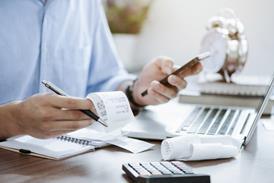


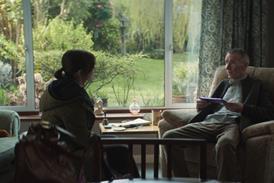
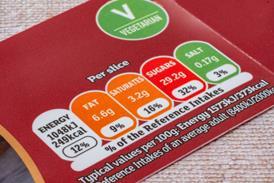
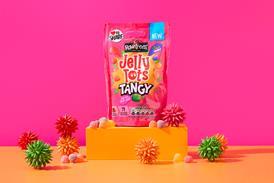
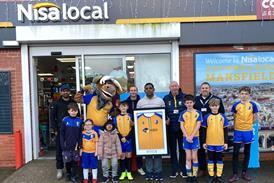













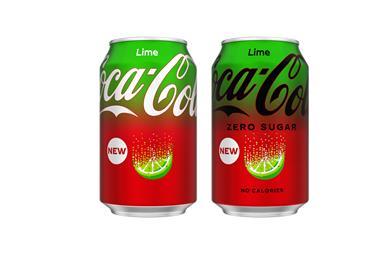


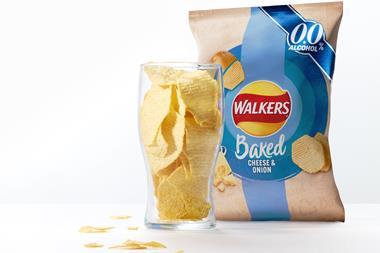
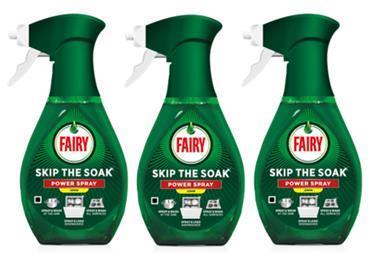
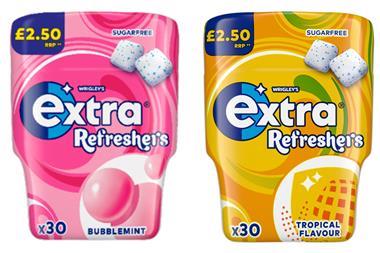
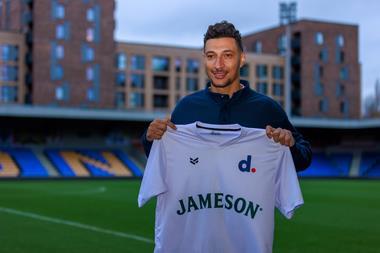
No comments yet